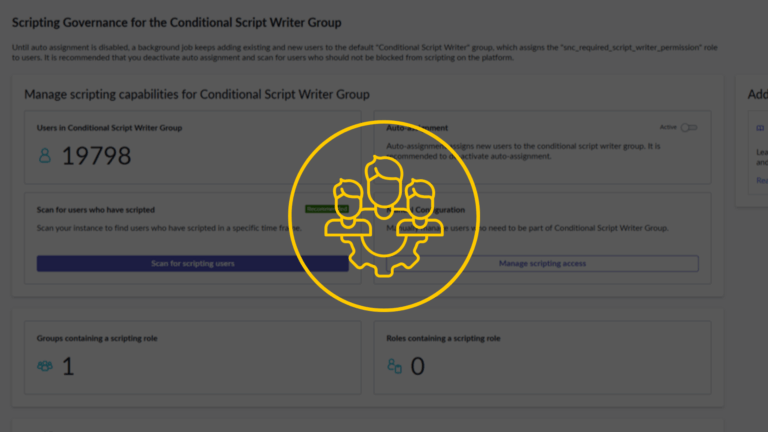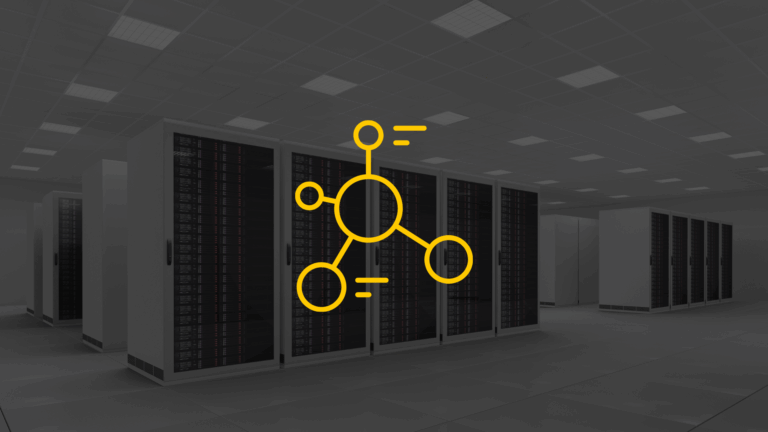In today’s dynamic business landscape, organizations are constantly seeking ways to optimize their operations, and one often-overlooked area ripe for enhancement is the management of workplace services. ServiceNow’s Workplace Service Delivery (WSD) offers a transformative solution that empowers facility departments to streamline operations, enhance user experiences, and make data-driven decisions. This article explores the functionality and main value propositions of WSD while emphasizing the critical role of organizational change management and IT-security considerations in its successful implementation.

Understanding the Value of Workplace Service Delivery
Workplace Service Delivery (WSD) isn’t just another software module; it’s a catalyst for change within facility management. At its core, WSD provides a unified platform for employees to request various services, including those related to facilities, IT, and HR. By consolidating service requests into a single user-friendly interface, WSD simplifies the process and improves the overall user experience.
Empowering Employees with QR Codes and Mobile Solutions
WSD leverages QR codes and mobile solutions to empower employees to report issues and request services quickly. Whether it’s a malfunctioning sink, a faulty monitor, or temperature irregularities, employees can scan QR codes located in their workspaces to initiate service requests.
This streamlined process ensures efficient communication between employees and the facilities department, from issue acknowledgment to resolution.
For example, imagine an employee entering a meeting room and notices that the projector isn’t working. Instead of sending an email or making a phone call, they simply scan the QR code in the room, report the issue via a mobile app, and receive real-time updates as the facilities department addresses the problem. This not only saves time but also encourages proactive reporting and quicker issue resolution. Additionally, the concept of User Acceptance encourages employee engagement by seeking their feedback on issue resolution, ensuring that their concerns are adequately addressed.
Efficient Space Configuration and Indoor Mapping
Managing space configuration is vital for efficient facility management, and WSD excels in this regard. It digitalizes workspace configuration, making it hassle-free to request changes, such as furniture rearrangement or equipment additions. WSD automates these requests, ensuring seamless integration into the system. Consider a scenario where a department needs to reconfigure its office layout to accommodate new team members. With WSD, employees can submit space configuration requests through a user-friendly interface. The facilities department can then review and approve these requests, and the changes are automatically updated in the system. This eliminates the need for lengthy email chains and manual data entry, improving efficiency and accuracy.
Indoor mapping is another valuable feature of WSD, enhancing workplace convenience and aiding facility agents in issue identification. Furthermore, WSD can integrate sensor data to enable data-driven decision-making, helping organizations optimize their workspace utilization and resource allocation.
Managing Legally Mandated Maintenance Tasks
Compliance with legally mandated maintenance tasks is critical for safety and operational efficiency. WSD simplifies the planning, management, and documentation of these tasks, reducing operational risks and unforeseen expenses. It ensures that facilities remain in compliance with regulatory requirements, preventing costly fines and disruptions.
Imagine a scenario where a company needs to perform regular safety inspections of its fire extinguishers and emergency exit routes. WSD can automate the scheduling of these inspections,
assign tasks to responsible personnel, and maintain a digital record of completed inspections. This not only ensures compliance but also provides a transparent audit trail for regulatory purposes.
Workplace Service Delivery and Organizational Change Management
Implementing WSD successfully requires careful consideration of organizational change management. While the benefits of WSD are clear, it can be challenging to navigate the shift in mindset and skills required for its adoption, especially within facility departments less experienced with IT systems. To ensure maximum utilization and adoption:
- Provide intuitive user interfaces for facility employees.
- Conduct comprehensive training across all departments to emphasize the enterprise wide nature of WSD.
- Encourage collaboration between stakeholders to enhance understanding and foster a culture of teamwork.
- Humanize the facilities department to strengthen collaboration and cooperation within the organization.
Imagine a scenario where a company is transitioning from manual paper-based facility management to WSD. To facilitate this change, the company conducts training sessions for facility staff, emphasizing the ease of use and benefits of the new system. Additionally, collaborative workshops bring together employees from different departments to share their perspectives and expectations, ensuring a smooth transition and fostering a sense of unity.

IT-Security and Workplace Service Delivery
Balancing the need for user-friendly mobile solutions with robust IT-security measures is a critical consideration when implementing WSD. To address this challenge:
- Collaborate closely with IT-security teams to assess potential risks and establish safeguards.
- Develop clear policies and guidelines for using personal mobile devices in the context of WSD.
- Implement strong user authentication methods, such as multi-factor authentication (MFA), to ensure that only authorized personnel can access WSD features and data.
Consider a scenario where employees use their personal mobile devices to access WSD. To maintain security, the company works with its IT-security team to implement multi-factor authentication (MFA) and establish clear guidelines for device usage. This ensures that only authorized personnel can access WSD features and data, mitigating security risks.

Conclusion
ServiceNow’s Workplace Service Delivery is a transformative tool that can reshape how organizations manage their facilities and services. To maximize its benefits, organizations must embrace change management strategies and prioritize IT-security while fostering a user-friendly environment. With the right approach, WSD can become a cornerstone in enhancing workplace efficiency, safety, and user satisfaction, ultimately driving business success in the modern era.





